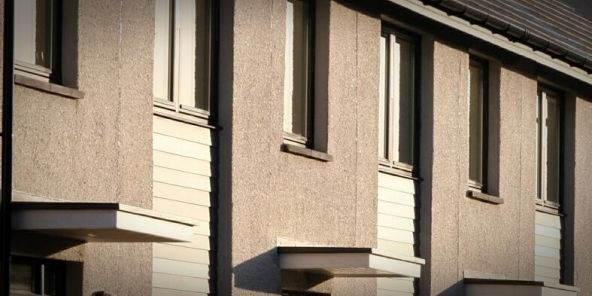It could be a case of ”use it or lose it” for Dundee tenants who have the right to buy their council home.
The Scottish Government is consulting on proposals to either reform or scrap the rules and on Monday evening councillors approved a submission to abolish the right to buy.
Housing convener Jimmy Black said right to buy had been an ”ideologically-imposed policy” that had seen assets worth hundreds of millions, if not billions, of pounds transferred from local authorities to tenants.
Those new home-owners had benefited, but the effect on communities had been detrimental, with councils such as Dundee left with long waiting lists, he said.
He pointed out the city used to have more than 40,000 properties under local authority ownership. The total is now 13,500.
Right to buy has already been removed from new tenants and from newly-built council houses.
However, more than 200,000 tenants across Scotland are still be able to take advantage of the scheme if they wish, with discounts of up to 60% for houses and 70% for flats available, depending on the length of tenancy.
Housing director Elaine Zwirlein said: ”The consultation states the right to buy has extended the benefit of home ownership and has helped create more balanced communities.
”However, it has removed properties from the social rented sector and severely reduced the number of homes available to rent from social landlords.
”Social rented stock should be preserved to meet the housing needs of those on waiting lists and who are homeless.
”The existing laws on right to buy are unfair, with some tenants benefiting from much larger discounts than others.
”The law is too complex and difficult for landlords and tenants to understand.
”The right to buy is outdated and may have no place today, given the need to focus on increasing the availability of affordable housing for those who need it most.”
The council’s submission to the consultation says getting rid of the scheme would simplify the situation and ensure greater consistency and fairness.
It says an advantage for landlords, such as itself, is that rental income from council houses would be sustained rather than dropping over time.
This would allow better forward planning, with a reliable income stream making it easier to borrow money to finance improvements or build new homes.
Mr Black said it was important that if abolition was chosen as the way forward this was done in a way that would be fair to those losing their right to buy.
They should be given time to exercise the option if they wished, with the council suggesting the scheme should end in 2015.
Members of the housing committee were also presented with a report on the council’s progress towards meeting the Scottish housing quality standard by 2015.
Labour group leader Kevin Keenan noted the council was depending on income of £7 million from the sale of council houses through right to buy to help fund this work.
The convener explained this was also a reason for the submission to give a notice period for right to buy to end.
The report explained that 55.7% of properties now meet the required standard, compared to 35.7% a year ago.
Councillors also agreed to spend £225,000 on new external lighting and upgrading of the intercom, door entry and concierge systems at the Whorterbank, Lansdowne and Pitalpin multis.
